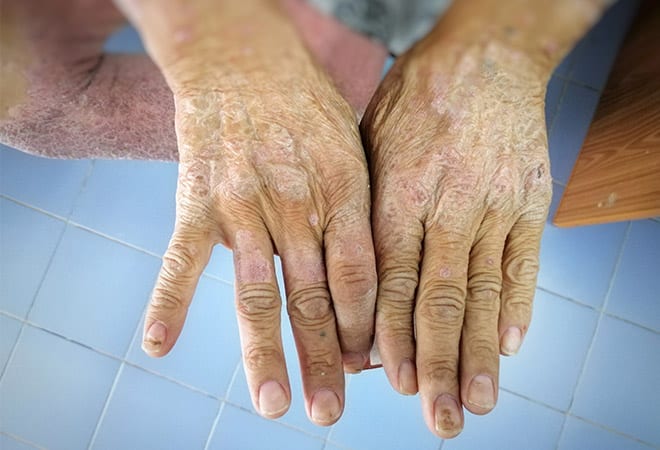
Osteoporosis: The Silent Bone Disease You Shouldn’t Ignore
Osteoporosis is a chronic condition where bones become weak and brittle, increasing the risk of fractures even from minor falls or, in severe cases, from simple actions like coughing or bending. Often called a “silent disease”, osteoporosis progresses without symptoms until a fracture occurs.
In this post, we explore the causes, symptoms, diagnosis, and treatment of osteoporosis, along with practical tips for prevention.
🦴 What Is Osteoporosis?
The word “osteoporosis” means “porous bones.” It occurs when the body loses too much bone, makes too little bone, or both. As a result, bones become fragile and prone to fractures — especially in the hip, spine, and wrist.
This condition affects millions of people worldwide, especially older adults and postmenopausal women.
⚠️ Symptoms of Osteoporosis
Osteoporosis is often asymptomatic in its early stages. But as the disease progresses, symptoms may include:
- Back pain, caused by a fractured or collapsed vertebra
- Loss of height over time
- Stooped posture (kyphosis)
- Bones that break more easily than expected
Fractures from osteoporosis can lead to long-term disability, chronic pain, and reduced independence.
🧬 Causes and Risk Factors
🔹 Age: Risk increases after age 50
🔹 Gender: Women are more likely to develop it
🔹 Hormonal changes: Especially postmenopausal estrogen loss
🔹 Low calcium or vitamin D intake
🔹 Sedentary lifestyle
🔹 Excessive alcohol or tobacco use
🔹 Medical conditions: Thyroid disease, celiac disease, rheumatoid arthritis
🔹 Certain medications: Steroids, anti-seizure drugs
🩺 How Osteoporosis Is Diagnosed
The most common method of diagnosis is a bone density test (DEXA or DXA scan), which measures bone mineral density (BMD). The results are reported as a T-score:
- Normal: T-score above -1
- Osteopenia (low bone mass): T-score between -1 and -2.5
- Osteoporosis: T-score below -2.5
Blood tests may also be used to check calcium levels and rule out other conditions.
💊 Treatment Options
✅ Lifestyle Changes
- Weight-bearing exercises (e.g., walking, dancing)
- Strength training
- Fall prevention strategies
✅ Dietary Support
- High intake of calcium and vitamin D
- Leafy greens, dairy, and fortified foods
✅ Medications
- Bisphosphonates (e.g., Alendronate, Risedronate)
- Hormone therapy (e.g., Estrogen for postmenopausal women)
- Denosumab, Teriparatide, or Romosozumab for severe cases
🛡️ Preventing Osteoporosis
Talk to your doctor about risk if you take medications that affect bone health
Maintain a balanced diet rich in calcium and vitamin D
Avoid smoking and excessive alcohol
Get regular exercise
Monitor bone density regularly, especially after age 50







